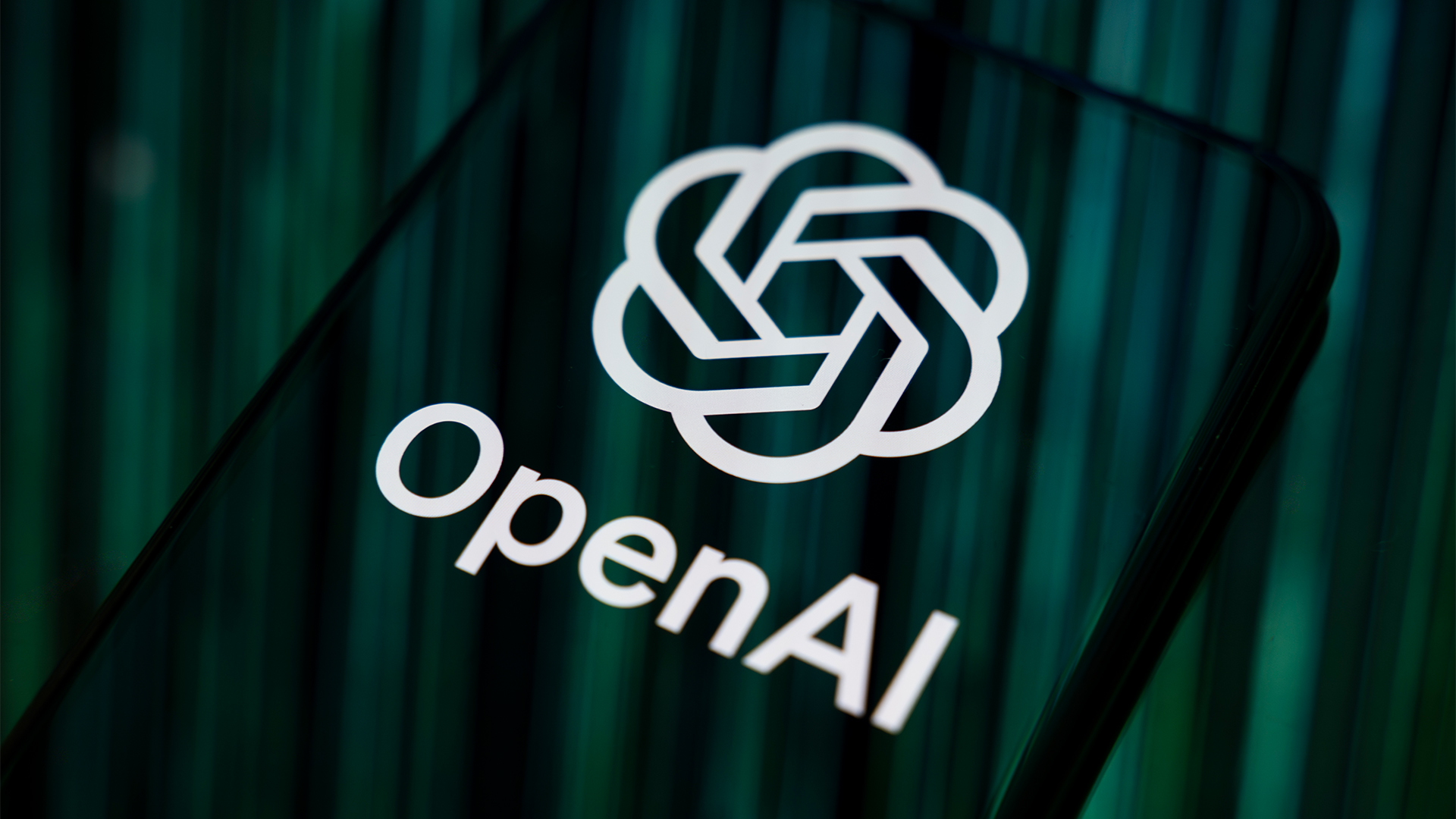Some of the most popular open weight AI models show ‘profound susceptibility’ to jailbreak techniques
Open weight AI models from Meta, OpenAI, Google, and Mistral all showed serious flaws


A host of leading open weight AI models contain serious security vulnerabilities, according to researchers at Cisco.
In a new study, researchers found these models, which are publicly available and can be downloaded and modified by users based on individual needs, displayed “profound susceptibility to adversarial manipulation” techniques.
Cisco evaluated models by a range of firms including:
- Alibaba (Qwen3-32B)
- DeepSeek (v3.1)
- Google (Gemma 3-1B-IT)
- Meta (Llama 3.3-70B-Instruct)
- Microsoft (Phi-4)
- OpenAI (GPT-OSS-20b)
- Mistral (Large-2)
All of the aforementioned models were put through their paces with Cisco’s AI Validation tool, which is used to assess model safety and probe for potential security vulnerabilities.
Researchers found that, for all models, susceptibility to “multi-turn jailbreak attacks” was a key recurring issue. This is a method whereby an individual can essentially force a model to produce prohibited content.
This is achieved by using specifically-crafted instructions from the user that, over time, can be used to manipulate the model’s behavior. This is a more laborious process than “single-turn” techniques, which involve manipulating a model with a single effective malicious prompt.
Multi-turn jailbreak techniques have been observed in the wild before, particularly with the use of the Skeleton Key method, which allowed hackers to convince an AI model to produce instructions for making a Molotov cocktail.
Sign up today and you will receive a free copy of our Future Focus 2025 report - the leading guidance on AI, cybersecurity and other IT challenges as per 700+ senior executives
Success rates with individual models varied wildly, the study noted. Researchers recorded a 25.86% success rate with Google’s Gemma-3-1B-IT model, for example, while also recording a 92.78% success rate with Mistral Large-2.
Researchers also recorded the highest success rate for single-turn attack methods with both these models.
Different strokes for different folks
The varied success rates recorded by Cisco lie in how these models are typically used, researchers noted. This rests on two key factors: alignment and capability.
In the case of 'alignment', this refers to how an AI model acts in the context of human intentions and values. 'Capability', meanwhile, refers to the model’s ability to perform a specific task.
For example, models such as Meta’s Llama range, which place a lower focus on alignment, showed the highest susceptibility to multi-turn attack methods.
Researchers noted that this is because Meta made a conscious decision to place developers “in the driver seat” in terms of tailoring the model’s safety mechanisms based on individual use-cases.
“Models that focused heavily on alignment (e.g., Google Gemma-3-1B-IT) did demonstrate a more balanced profile between single- and multi-turn strategies deployed against it, indicating a focus on “rigorous safety protocols” and “low risk level” for misuse,” the study said.
AI model flaws have real-world implications
Researchers warned that flaws contained in these models could have real-world ramifications, particularly with regard to data protection and privacy.
“This could translate into real-world threats, including risks of sensitive data exfiltration, content manipulation leading to compromise of integrity of data and information, ethical breaches through biased outputs, and even operational disruptions in integrated systems like chatbots or decision-support tools,” the study noted.
Notably, in enterprise settings, they warned these vulnerabilities could “enable unauthorized access to proprietary information”.
Concerns over AI model manipulation have become a common recurring theme since the advent of generative AI in late 2022, with a steady flow of new jailbreak techniques emerging on a regular basis.
Make sure to follow ITPro on Google News to keep tabs on all our latest news, analysis, and reviews.
MORE FROM ITPRO

Ross Kelly is ITPro's News & Analysis Editor, responsible for leading the brand's news output and in-depth reporting on the latest stories from across the business technology landscape. Ross was previously a Staff Writer, during which time he developed a keen interest in cyber security, business leadership, and emerging technologies.
He graduated from Edinburgh Napier University in 2016 with a BA (Hons) in Journalism, and joined ITPro in 2022 after four years working in technology conference research.
For news pitches, you can contact Ross at ross.kelly@futurenet.com, or on Twitter and LinkedIn.
-
 UK government confirms October cyber breach: Everything we know so far
UK government confirms October cyber breach: Everything we know so farNews Details around Foreign Office hack remain sparse and government says it's unclear who is behind the attack
-
 Data center investment reached a record $61 billion this year
Data center investment reached a record $61 billion this yearNews Hyperscaler expansion, private equity interest, and a surge in debt financing are behind skyrocketing investment levels
-
 OpenAI says GPT-5.2-Codex is its ‘most advanced agentic coding model yet’ – here’s what developers and cyber teams can expect
OpenAI says GPT-5.2-Codex is its ‘most advanced agentic coding model yet’ – here’s what developers and cyber teams can expectNews GPT-5.2 Codex is available immediately for paid ChatGPT users and API access will be rolled out in “coming weeks”
-
 Google DeepMind CEO Demis Hassabis thinks startups are in the midst of an 'AI bubble'
Google DeepMind CEO Demis Hassabis thinks startups are in the midst of an 'AI bubble'News AI startups raising huge rounds fresh out the traps are a cause for concern, according to Hassabis
-
 OpenAI turns to red teamers to prevent malicious ChatGPT use as company warns future models could pose 'high' security risk
OpenAI turns to red teamers to prevent malicious ChatGPT use as company warns future models could pose 'high' security riskNews The ChatGPT maker wants to keep defenders ahead of attackers when it comes to AI security tools
-
 Google DeepMind partners with UK government to boost AI research
Google DeepMind partners with UK government to boost AI researchNews The deal includes the development of a new AI research lab, as well as access to tools to improve government efficiency
-
 AWS has dived headfirst into the agentic AI hype cycle, but old tricks will help it chart new waters
AWS has dived headfirst into the agentic AI hype cycle, but old tricks will help it chart new watersOpinion While AWS has jumped on the agentic AI hype train, its reputation as a no-nonsense, reliable cloud provider will pay dividends
-
 BT unveils sovereign platform to secure UK AI and cloud infrastructure
BT unveils sovereign platform to secure UK AI and cloud infrastructureNews The telecom giant’s new offering aims to insulate UK public and private sector data from geopolitical instability, supporting the government’s national AI strategy
-
 AWS CEO Matt Garman says AI agents will have 'as much impact on your business as the internet or cloud'
AWS CEO Matt Garman says AI agents will have 'as much impact on your business as the internet or cloud'News Garman told attendees at AWS re:Invent that AI agents represent a paradigm shift in the trajectory of AI and will finally unlock returns on investment for enterprises.
-
 Westcon-Comstor partners with Fortanix to drive AI expertise in EMEA
Westcon-Comstor partners with Fortanix to drive AI expertise in EMEANews The new agreement will help EMEA channel partners ramp up AI and multi-cloud capabilities